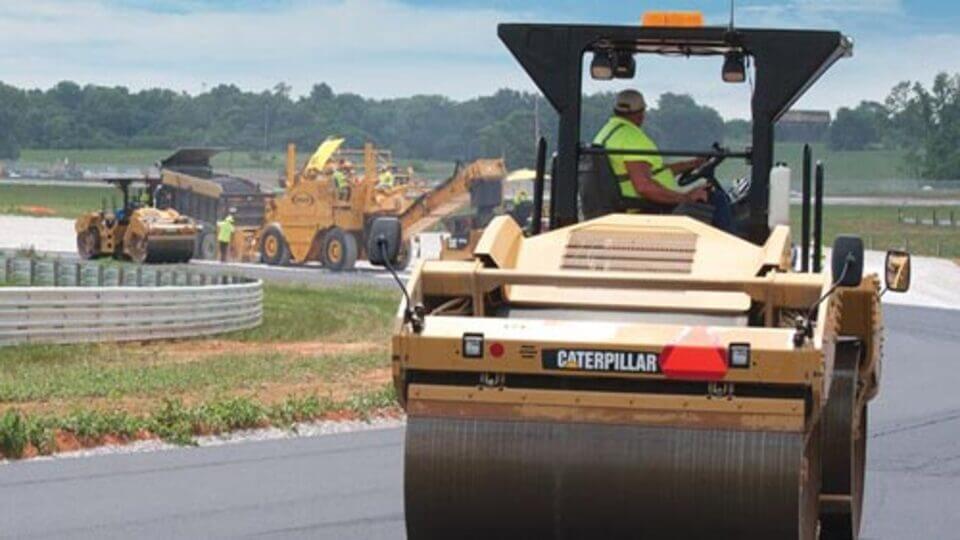Asphalt paving is a common method used to create smooth, durable, and long-lasting surfaces for roads, driveways, parking lots, and more. It involves a series of steps and precise techniques to ensure the asphalt mixture is properly laid and compacted. Here’s a simplified explanation of how asphalt paving works:
Site Preparation
The first step in asphalt paving is preparing the site. This involves clearing the area of debris, dirt, rocks, and any existing pavement. The surface is then graded and leveled to create the desired slope and ensure proper water drainage. Any necessary repairs to the underlying foundation are addressed during this phase.
Base Layer Installation
A strong base layer is crucial for the longevity of the asphalt pavement. Typically, crushed stone or gravel is spread and compacted to create a stable foundation. This base layer helps distribute the load evenly and prevents cracking and settling.
Asphalt Mixture Preparation
The next step is to prepare the asphalt mixture. Hot mix asphalt (HMA) is the most common type used in paving. It consists of a blend of aggregate (crushed stone, sand, and gravel) and asphalt cement (a petroleum-based binder). The mixture is heated to high temperatures to ensure proper viscosity for paving.
Paving Process
The asphalt mixture is transported to the construction site in heated trucks to maintain its temperature. It is then dumped onto the prepared surface in a layer of the desired thickness.
Paving machines, often called pavers, distribute the mixture evenly and compact it using heavy rollers. This process creates a smooth, level surface.
Compaction
Compaction is a crucial step in asphalt paving. It ensures that the asphalt mixture is dense and devoid of air pockets, which can lead to future deterioration. Multiple passes with heavy rollers are made over the freshly laid asphalt to achieve the desired compaction.
Edge and Surface Finishing
Once the main area is paved and compacted, attention turns to the edges. The edges are typically compacted using smaller rollers or handheld compactors. The surface is also smoothed and finished to ensure a consistent appearance and proper water runoff.
Cooling and Setting
After compaction, the asphalt mixture begins to cool and set. This process can take several hours, during which the pavement remains vulnerable to damage from heavy traffic or sharp objects. To protect the freshly paved surface, barriers or cones are often used to divert traffic until it has fully cooled and set.
In conclusion, asphalt paving is a well-planned and precise process that involves site preparation, base layer installation, asphalt mixture preparation and paving, compaction, edge and surface finishing, cooling and setting, striping and marking, and ongoing maintenance. When done correctly, it results in a smooth, durable surface that can withstand heavy traffic and weather conditions for many years. Properly maintained asphalt can provide a safe and reliable surface for a variety of applications.

